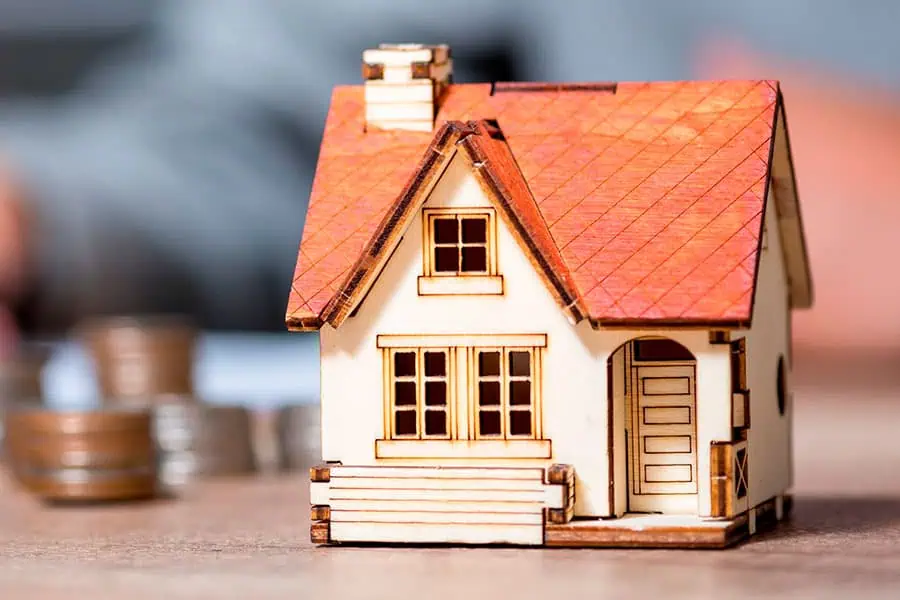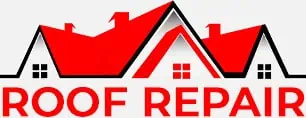Roof Repair Financing

Overview
Roof repair or replacement is a major home improvement project that can cost thousands of dollars. For many homeowners, paying the full amount out-of-pocket is not feasible. Roof repair financing provides options to fund these essential projects while making payments over time. Common financing methods include personal loans, home equity loans, credit cards, government-backed loans, and financing programs offered by roofing companies.The importance of financing options for roof repairs stems from the critical role roofs play in protecting homes. Delaying necessary repairs due to cost concerns can lead to more extensive damage and higher expenses in the long run. Financing allows homeowners to address roofing issues promptly while managing the financial impact.
Roof repair financing refers to various methods of funding roof repair or replacement projects for homeowners who cannot pay the full cost upfront. Given the significant expense of major roof work, financing options allow homeowners to spread the cost over time while addressing urgent roofing needs.
Types of Roof Repair Financing
Personal Loans
Personal loans from banks or online lenders are a common option for roof financing. These are typically unsecured loans, meaning they don’t require collateral.Pros:
- No collateral required
- Fixed interest rates and repayment terms
- Funds can be used flexibly
Cons:
- May have higher interest rates than secured loans
- Approval and rates depend heavily on credit score
Home Equity Loans and Lines of Credit (HELOCs)
These options allow homeowners to borrow against the equity in their homes.Pros:
- Generally lower interest rates than personal loans or credit cards
- Interest may be tax-deductible
- Potential for large loan amounts based on home equity
Cons:
- Home is used as collateral, risking foreclosure if payments are missed
- Requires sufficient home equity
- Closing costs and fees may apply
Credit Cards
For smaller repairs, credit cards can provide quick access to funds.Pros:
- Convenient and quick to use
- Some cards offer 0% APR promotional periods
- Potential to earn rewards on spending
Cons:
- High interest rates if balance isn’t paid off quickly
- May have lower credit limits than needed for major repairs
Government-Backed Loans
Programs like FHA Title I loans provide government-insured financing options for home improvements, including roof repairs.Pros:
- May be easier to qualify for than traditional loans
- Fixed interest rates
- Can be used for a variety of home improvements
Cons:
- Loan amounts may be limited
- May require mortgage insurance
Roofing Company Financing
Many roofing contractors offer in-house financing options or partnerships with lenders.Pros:
- Convenient one-stop solution for roofing and financing
- May offer promotional rates or terms
- Can be easier to qualify for than traditional bank loans
Cons:
- Interest rates may be higher than other options
- Terms may be less flexible
Factors to Consider When Choosing Financing
When evaluating roof repair financing options, homeowners should consider:
- Interest rates: Lower rates reduce the overall cost of the project
- Loan terms: Longer terms mean lower monthly payments but more interest paid over time
- Credit score requirements: Some options may require higher credit scores for approval
- Collateral requirements: Secured loans put assets at risk but may offer better rates
Application Process
The process for applying for roof repair financing typically involves:
- Gathering necessary documentation (proof of income, tax returns, etc.)
- Comparing offers from multiple lenders
- Submitting a formal application
- Undergoing a credit check
- Providing any additional required information
- Reviewing and accepting loan terms
- Receiving funds
Alternatives to Financing
Some alternatives to traditional financing include:
- Saving and paying cash: While it may delay the project, this avoids interest costs
- Insurance claims: If roof damage is due to a covered event, homeowners insurance may pay for repairs
Tips for Managing Roof Repair Costs
To minimize financing needs and manage costs:
- Get multiple quotes from reputable contractors
- Consider timing repairs strategically (e.g., during off-peak seasons)
- Evaluate partial repairs vs. full replacement based on roof condition
- Look for energy-efficient roofing options that may qualify for rebates or tax credits
Risks and Considerations
When using financing for roof repairs, be aware of:
- The potential for over-borrowing
- Impact on credit score from new loans or credit inquiries
- Risk of liens on property with certain financing options
- Importance of reading and understanding all loan terms before agreeing
By carefully considering financing options and understanding the associated terms and risks, homeowners can make informed decisions about funding necessary roof repairs or replacements.
